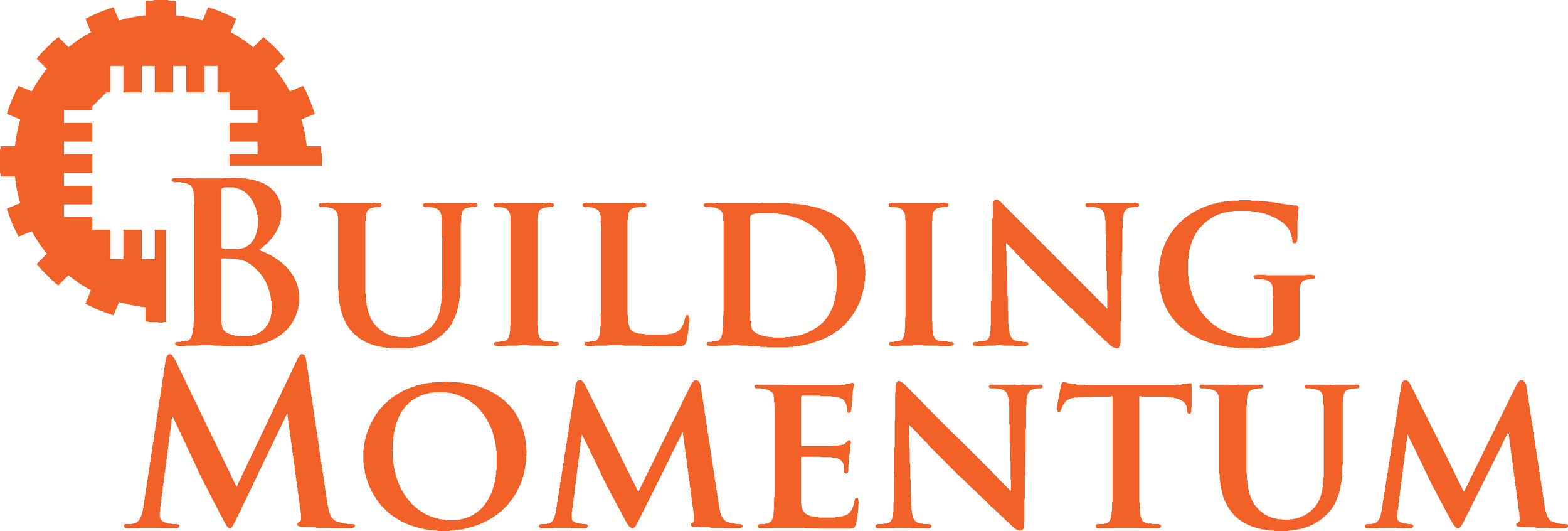DIY Photographic Lighting
James Bellucci
Composed Jan. 27, 2022
Before I joined Building Momentum, I was fortunate enough to teach photography as an adjunct professor in higher education - from community colleges (State University New York and Frederick Community college) to University of Rochester and University of Notre Dame. I’ve also had the unique opportunity to work at Apple stores as a Creative Pro teaching drawing, design, and photography.
The most interesting challenge in teaching photography is fostering the creativity of each student to develop a unique vision... photography continues to fascinate my attention because so many people engage in taking photos, making any singular image exceedingly difficult to standout in the millions being uploaded every hour.
My best advice on what to take photos of: find an honest and human connection with your subject, consider the emotional and visual meanings of the elements in the photo, and keep asking: “how will these visual elements be received by my intended audience.” Make personal work and be honest with yourself about your intention. Remember, the frame (the borders of your photo) is the most powerful editing tool you have while taking a photo, and that begins before you snap – remain aware of how the visual elements in the frame relate to each other, and how their placement holds the attention of your viewer.
One thing that always elevates a simple picture is attention to the lighting of your photos. Let’s talk about how DIY lighting can vastly improve the reception and quality of your shots!
- Let’s begin with the reliable mantra, “natural light works wonders”.
When taking photos indoors, if you have the ability move your subject near a window, you will be provided with a large light source offering even illumination of your subject. Furthermore, during an overcast day, the soft window light will give you diffuse light and shadows yielding gorgeous results. On a sunny, cloudless day, you can tape a piece of parchment or wax paper over the window to act as a diffuser to provide this soft light.
- To reduce the presence of shadows, place a piece of white foam core on the opposite side of your light source to act as a ‘bounce’– this will reflect light into the shadowed areas, and reduce loss of visual information due to overly dark areas.
- If you are shooting outside, move your subject into shade; under a tall tree, or the shadow-side of a building to get soft and indirect light.
- If you are using a camera with a flash (instead of your phone), you can put a piece of tissue paper, or any other translucent white material over the flash to soften the typically harsh light emitted from the flash alone. In this instance, the intensity of the flash will be diminished, but the light will be much softer and less distracting.
- If you are taking photos of highly reflective items (such as anything with glass or mirrors), you can use pieces of black foam core and hold these in mid-air behind the camera to block the presence of reflections on the surface of your subject.
Remember if you pay attention to everything in the frame, what you’re trying to say with your photo, and enhance with some simple DIY lighting techniques, you will be well on your way to creating meaningful photos that make an impact.
*Our team is unique by design. We believe that a diversity of backgrounds is integral to our success and our ability to impact our community. Our blog highlights these ‘outside the box’ skills of our team, from photography to sustainability, to our thoughts on leadership and solar energy.*
Check out samples of James’ work here - https://www.jamesbellucci.com
Feel free to reach out at james@buildmo.com
Photo by James Bellucci

